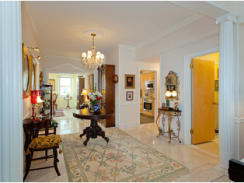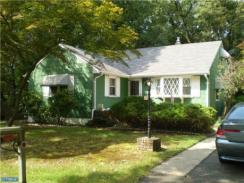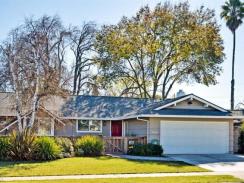
The dividend rate, an increase of 15 basis points over the 6 percent rate paid out in 2011, translates to a record breaking total of RM27.45bil being distributed to its members, an increase of 12.2 percent over RM24.47bil paid out in the previous year, said EPF
Chairman Tan Sri Samsudin Osman on Sunday.
“Notwithstanding the increasingly complex investment environment, the EPF maintained its steady upwards momentum to post its strongest set of results since the turn of the millennium, underpinning the effectiveness of its long term investment strategy as well as its disciplined and prudent approach,” he said in a press statement.
In 2012, the EPF posted its highest gross investment income to date of RM31.02bil, up 13.91 percent from 2011.
The highest ever dividend payout of RM27.45bil was derived after deducting investment expenses, operating expenditures, statutory charges and net impairment allowance on financial assets.
“The EPF's main objective is the protection of members' capital by generating a return that beats the rate of inflation.
"We continue to fulfil this commitment year on year through our Strategic Asset Allocation (SAA) which seeks consistent returns in the long term within tolerable risk limits for each asset class,” said Samsudin.
The bulk of the fund's investment assets continue to be in stable and traditional low risk fixed income instruments.
Equities made up 38.77 percent of total investment assets for the year, while the remaining 3.59 percent and 2.42 percent were allocated for Money Market Instruments and Real Estate and Infrastructure asset classes, respectively, he said.
“Despite being a diversified fund predominantly invested in low risk fixed income instruments, EPF's annual return on investment (ROI) has topped 6 percent for the third year running.
“Equities generated a double digit ROI of 10.06 percent while returns from fixed income instruments exceeded 5.5 per cent in spite of the current low interest rate conditions,” he said.
Due to a number of one-off capital market transactions undertaken during 2012, Loans and Bonds showed the highest increase in year-on-year income with investment in this asset class contributing RM9.68bil to gross investment income, up 33.62 per cent or RM2.44bil compared to 2011.
“In view of the prevailing low interest rate environment, the EPF has gradually decreased its exposure in traditional and conventional fixed income assets and has shifted maturing assets into higher yielding assets in the form of equities and real estate but within the tolerable risk limits,” said Samsudin.
On the back of a steady growth seen in both domestic and global equity markets in 2012, Equities contributed RM13.91bil in income representing 44.84 percent of gross investment income.
Meanwhile, investments in Malaysian Government Securities and Equivalents, Real Estate and Infrastructure and Money Market Instruments earned RM6.26bil, RM595.63mil and RM574.91mil respectively.
EPF total investment assets as at Dec 31, 2012 stood at RM526.75bil surpassing the half a trillion mark, up 12.31 percent from RM469.04bil recorded in the previous year.
This increase was largely contributed by the positive net annual contributions from members and employers as well as consistent and encouraging investment performance across all asset classes, the statement said.
As a result of the increase in membership base, the EPF requires RM4.46bil to pay every one percent dividend rate for 2012.
This represents a 9.34 percent increase over RM4.08bil paid for every one percent dividend rate for 2011.
The amount needed to pay a one percent dividend rate will continue to rise 8 to 9 percent annually, the statement said.
One of the notable transactions in 2012 was the fund's expansion of its property investments, both overseas and locally, which included the Battersea Power Station project in London, United Kingdom, and the finalising of the purchase of 932ha of Rubber Research Institute land in Sungai Buloh for RM2.28bil to be developed into a new township.
In line with its diversification strategy to optimise members' long term returns, EPF total overseas exposure as at Dec 31, constituted 15.7 percent of its total investment assets.
During the year, an additional USD7.10bil of investments were made in global equities, global bonds and real estate, the statement said.
“With more than half a trillion of funds under management, the EPF faces a profound challenge to deliver continuously strong returns amid the low interest rate environment, the continued fragility of the global economy as well as constraints within the domestic capital market.
“Nevertheless as a retirement fund, we will continue to be guided by our long term investment objectives and prudent investment strategy to ensure sustainability and consistent returns in the interest of our members' retirement well-being,” said Samsudin.
Members may check their EPF Account Statement for the crediting of the 2012 dividend, either through EPF Kiosks, counters or i-Akaun, from Monday, Feb 18, 2013.
Members aged 55 and above may withdraw the annual dividend credited into their account as one of several payment options available under the Age 55 Withdrawal.
For more information on this withdrawal, please contact EPF Call Centre at 03 8922 6000 from 8.00 am to 7.00 pm from Monday to Friday or log on to myEPF at www.kwsp.gov.my
Source: staronline.com

.jpg)













